Setting up a home studio means more than just plugging a mic into your computer and letting some software make whatever you record in your bedroom sound better. It involves spending some money and may require a bit of craftsmanship and construction skill on your part. Otherwise, it’s not really a home studio — it’s just a laptop with a Tonka Toy microphone sticking out of it. If you want something better than that, you can have it. Keep in mind, this advice is for home studio hobbyists looking to record their own music on a more serious level, not for those wanting to go into the professional recording business.
Find the right space
 The quietest room in the house with a flat, “dead” sound is best. By dead sound we mean a room that doesn’t echo, reverberate or sound like the inside a tin can when you clap your hands and sing. The sound should disappear into the walls quicker than in other rooms. Walk around your house and try it out. Kitchens and bathrooms are usually the worst, because the tile and other hard surfaces make the sound bounce everywhere. You want the deadest sounding room so the walls won’t interfere with what the mics are recording — your vocals and instruments — in their truest essence. Of course, this dictum changes in certain situations, like when you want the vocals to sound like a record from the 1950s and need to set up in the bathtub to get that echo-y sound.
The quietest room in the house with a flat, “dead” sound is best. By dead sound we mean a room that doesn’t echo, reverberate or sound like the inside a tin can when you clap your hands and sing. The sound should disappear into the walls quicker than in other rooms. Walk around your house and try it out. Kitchens and bathrooms are usually the worst, because the tile and other hard surfaces make the sound bounce everywhere. You want the deadest sounding room so the walls won’t interfere with what the mics are recording — your vocals and instruments — in their truest essence. Of course, this dictum changes in certain situations, like when you want the vocals to sound like a record from the 1950s and need to set up in the bathtub to get that echo-y sound.
A large, irregular shaped room with a mix of hard and soft surfaces can be good, too. You can experiment with different sounds and make adjustments by setting up in different areas of the room and hanging acoustical treatments — foam diffusion padding, absorption paneling, bass traps, etc. — where needed.
Make an isolation booth
For recording vocals and drums, it’s best to have an isolation booth so these sounds are contained and don’t interfere with each another when tracking other instruments at the same time. Otherwise, your tracks will be full of washed-out sounds. The booth could be a closet or room next to the main recording space, but you need a window between the two rooms so the vocalist or drummer, or whoever is in there recording, can see the rest of the band and the person at the console.
This is where the craftsmanship and construction aspect comes into play, as it involves knocking through a wall, installing a plate glass window, hanging dry wall, things like that. If you aren’t that crafty, you’ll have to hire a contractor to come in and convert the space. An expensive endeavor, to be sure.
It’s possible to get away with not having a window and going blind with headphones and mics, but having the window is an ideal and a worthwhile investment if you are serious about recording and intend to do it for a long period of time in this space. If you’re a renter, this becomes a problem and is likely out of the question, unless you have a landlord who rents to a lot of musicians. A plexiglass barrier, like you sometimes see in front of drum kits on live TV shows, is a good work-around option in this case.
(In part II we’ll go into the basic gear needed for a home studio setup.)









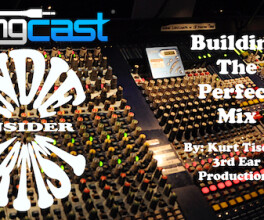










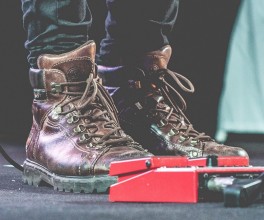



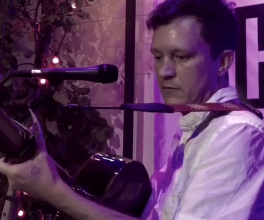

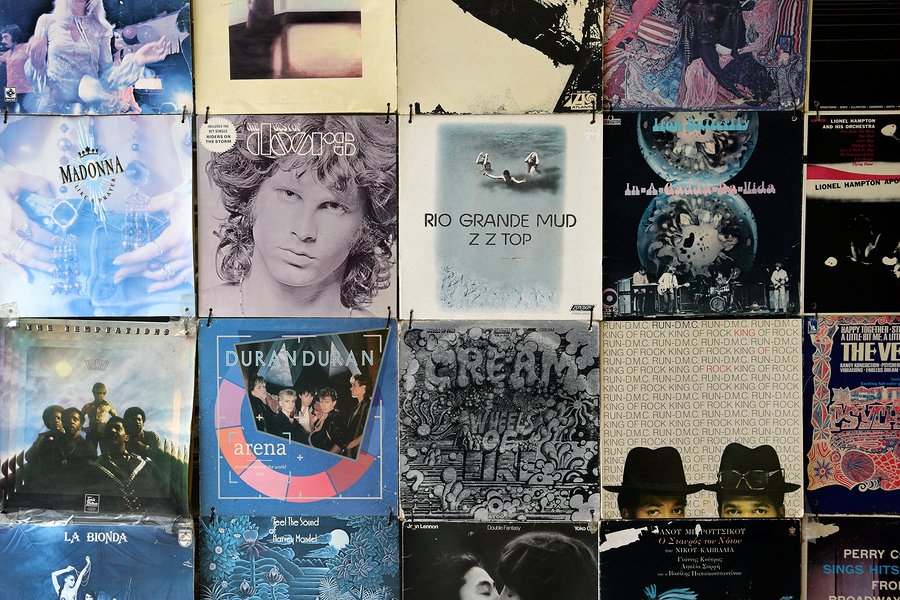






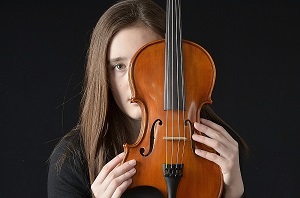

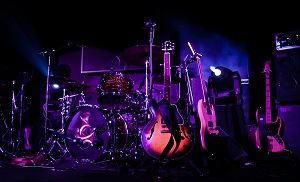







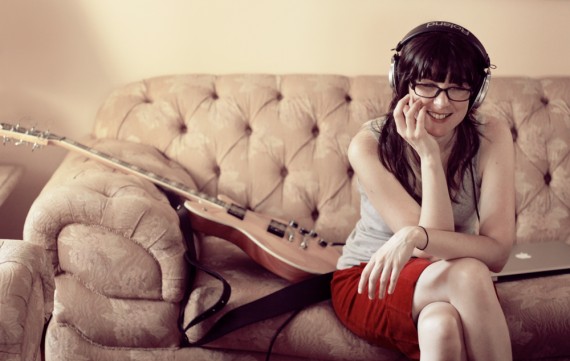
Pingback: MicStore.com » Setting Up a Home Studio: Part 2